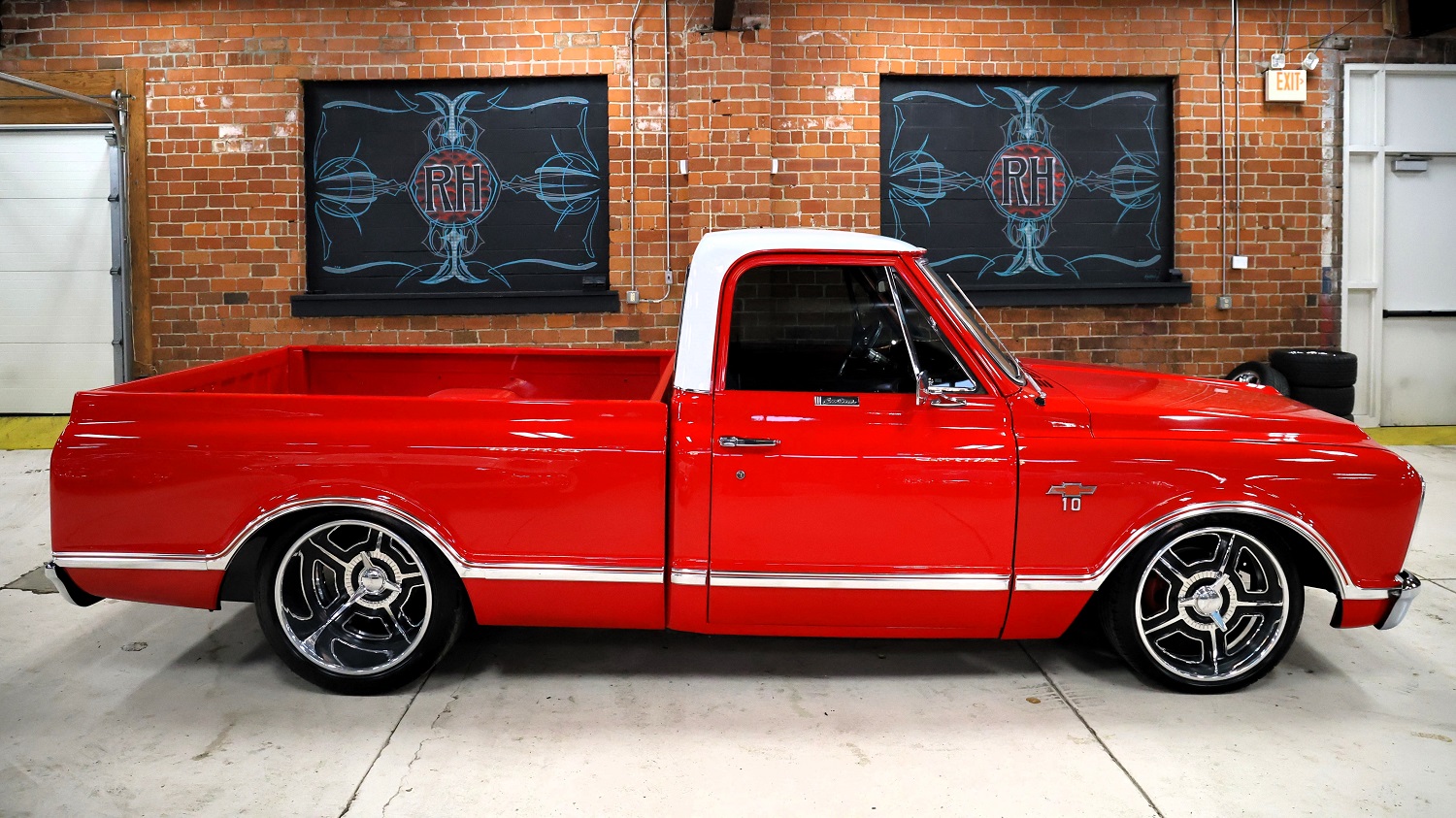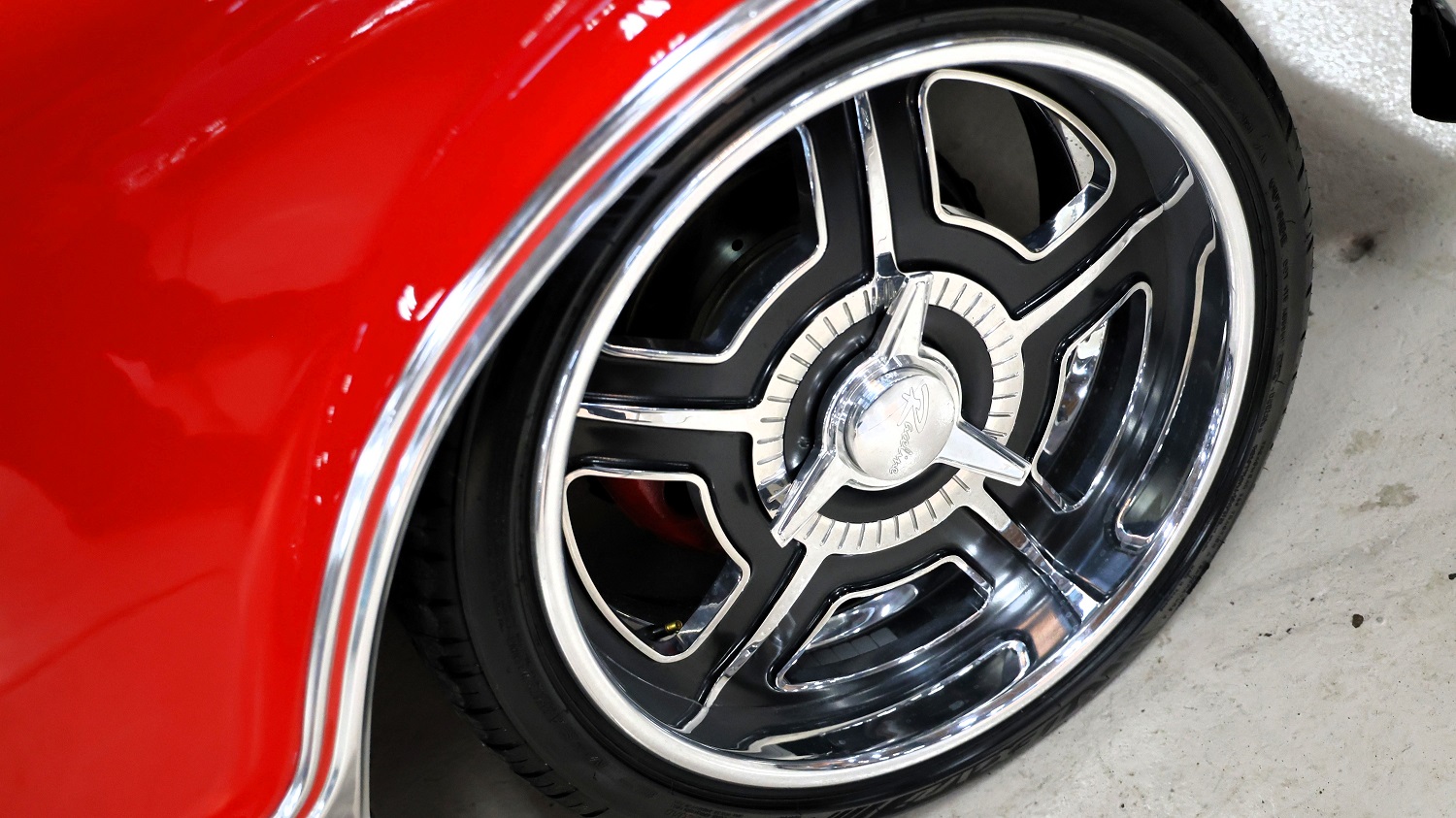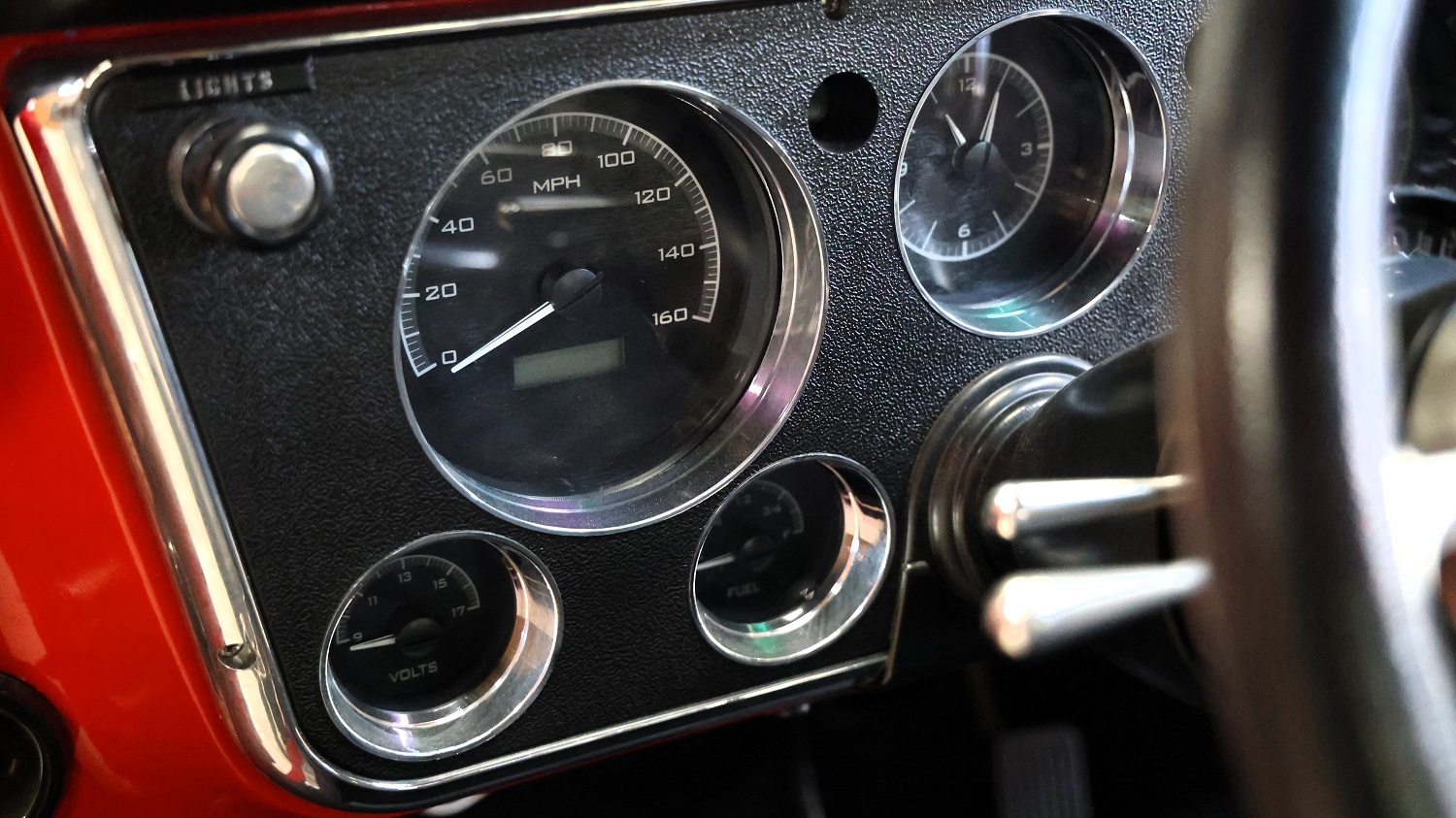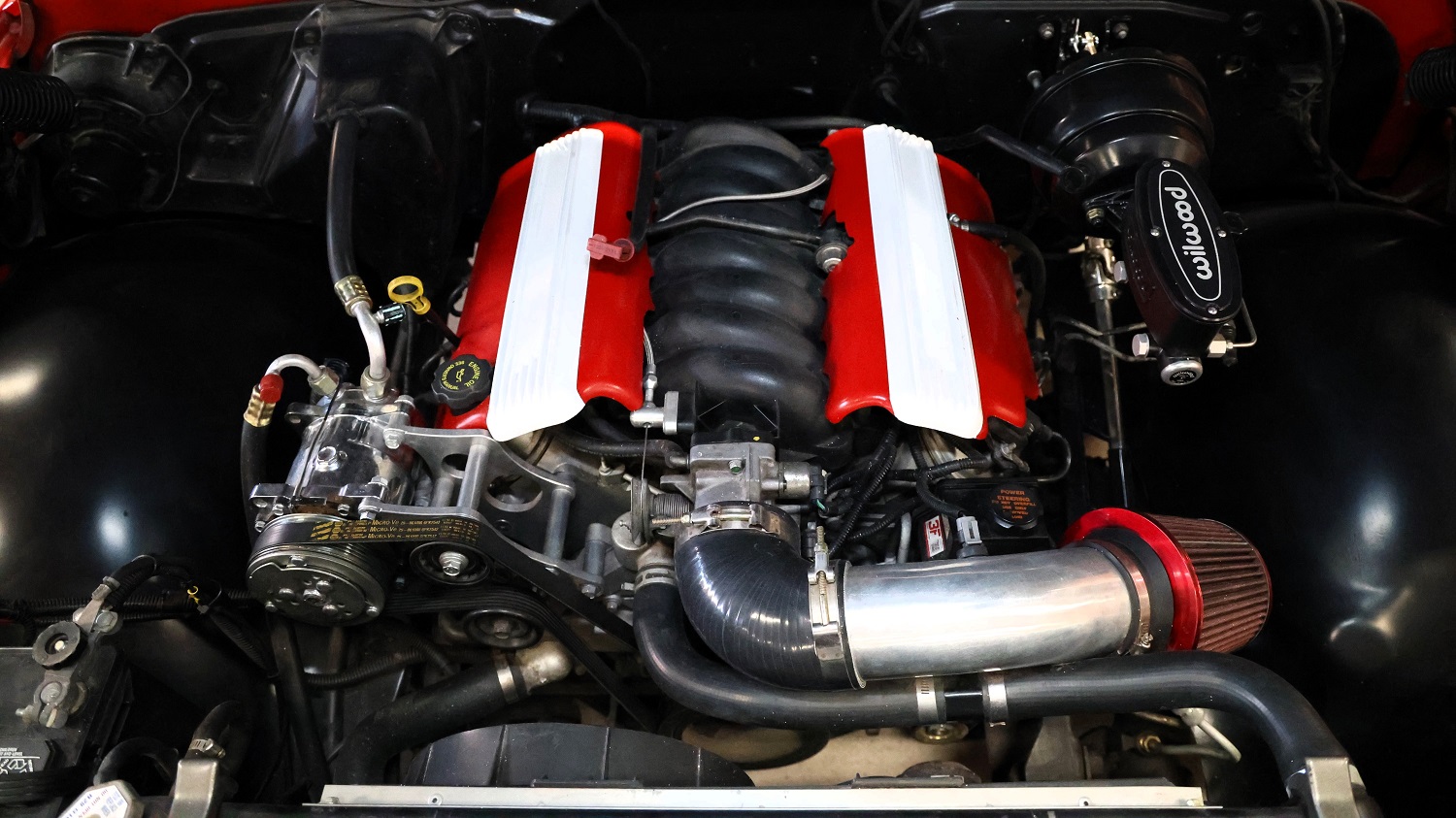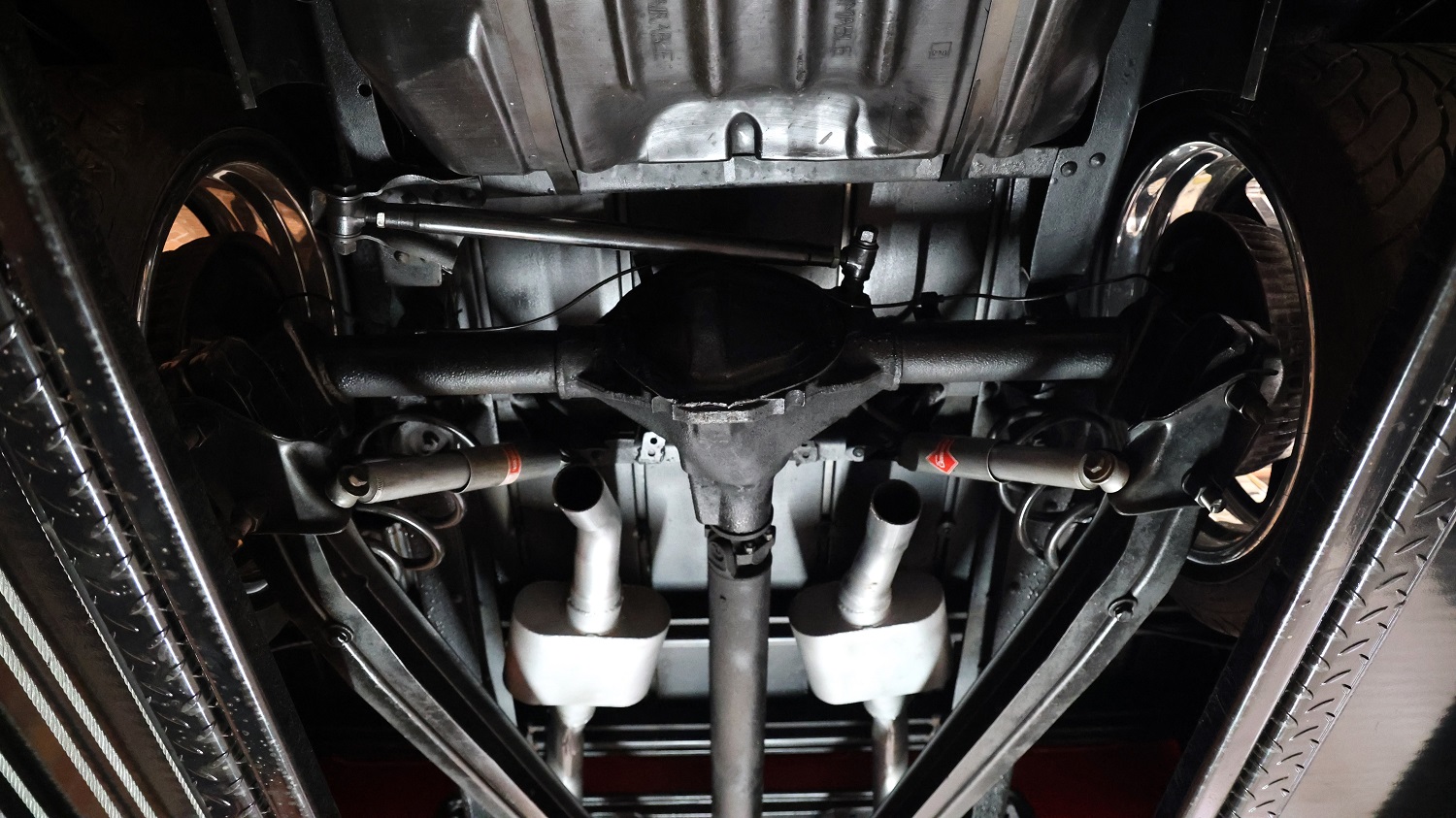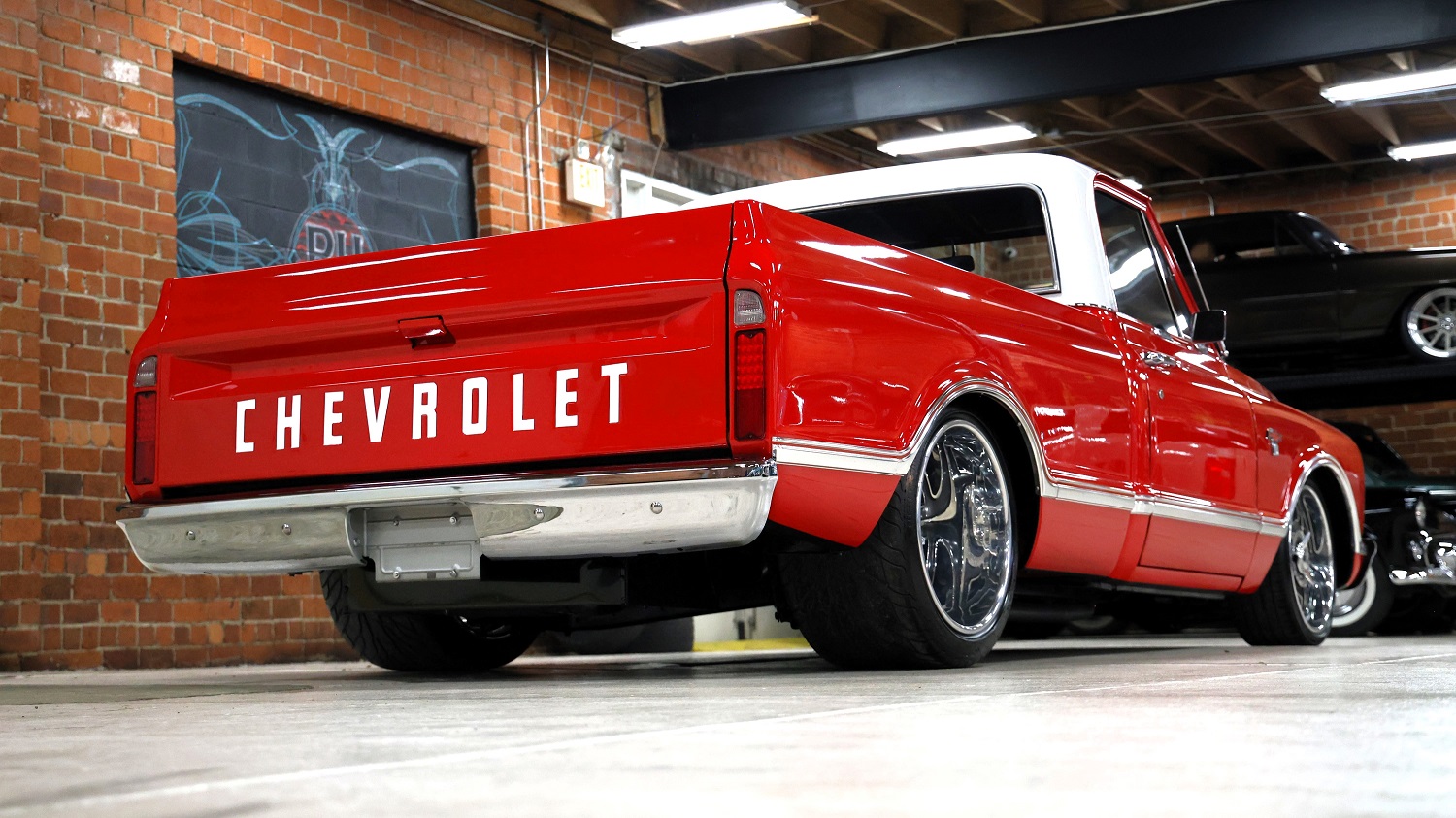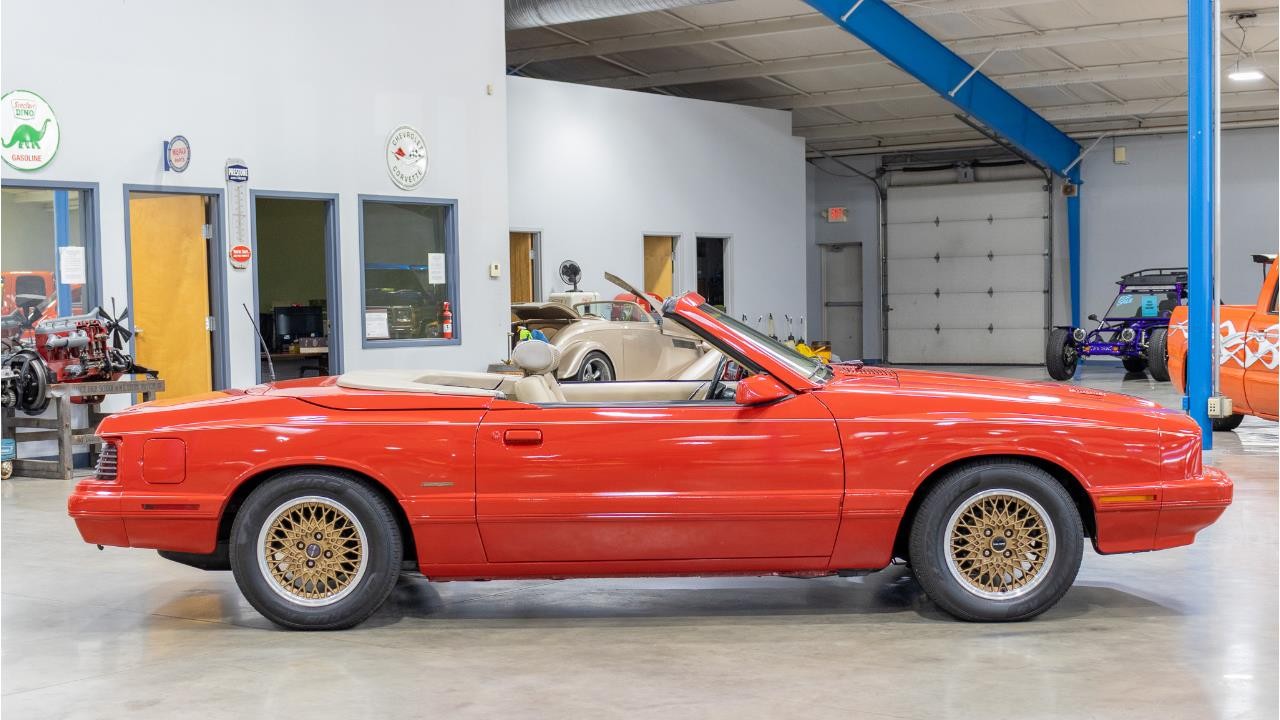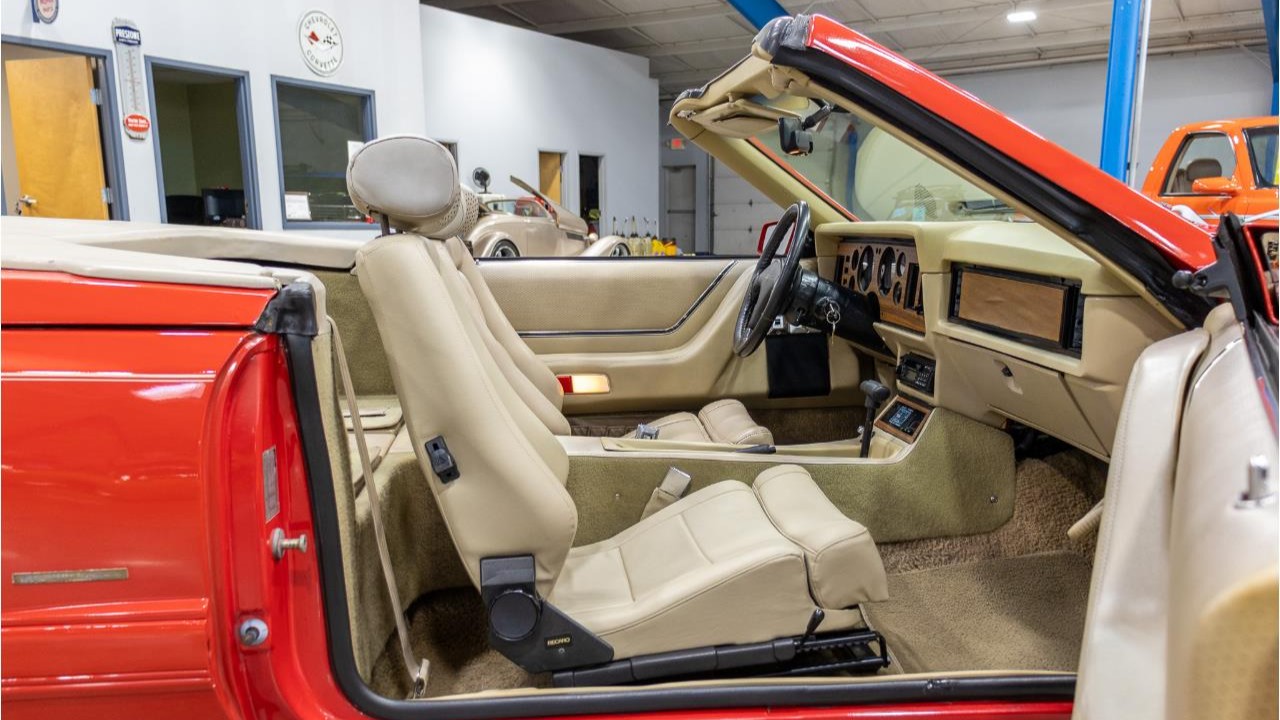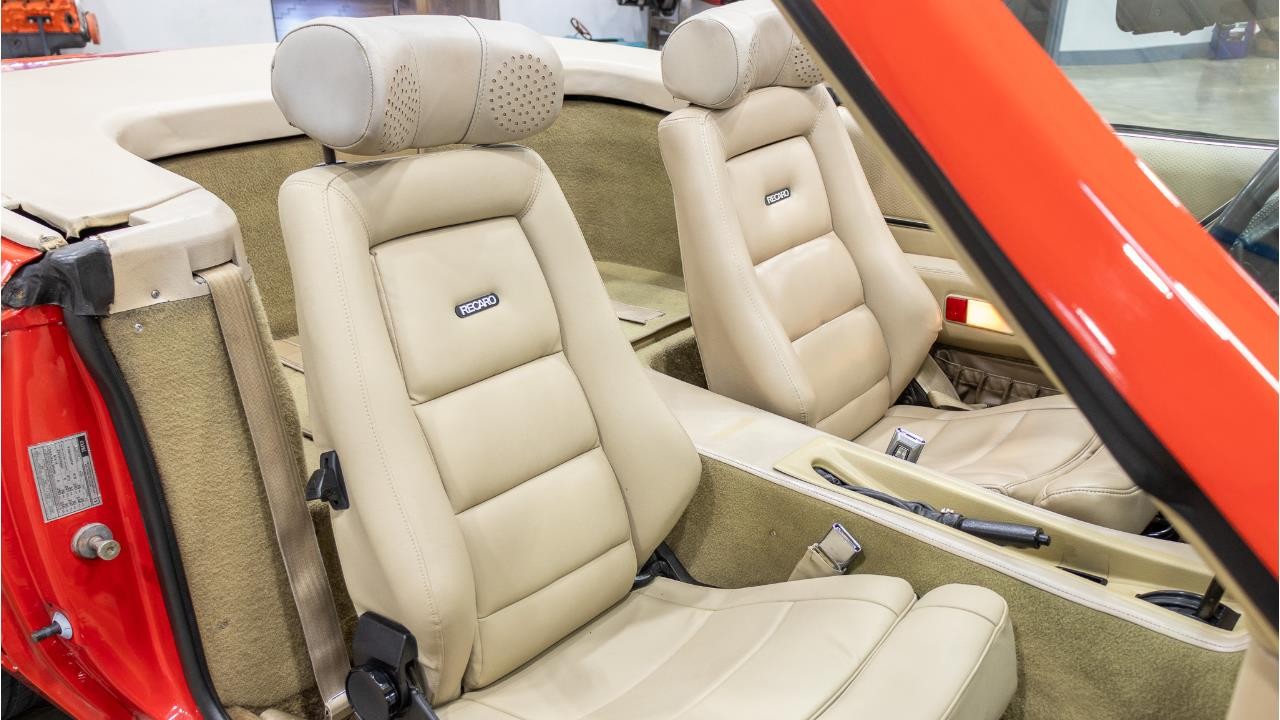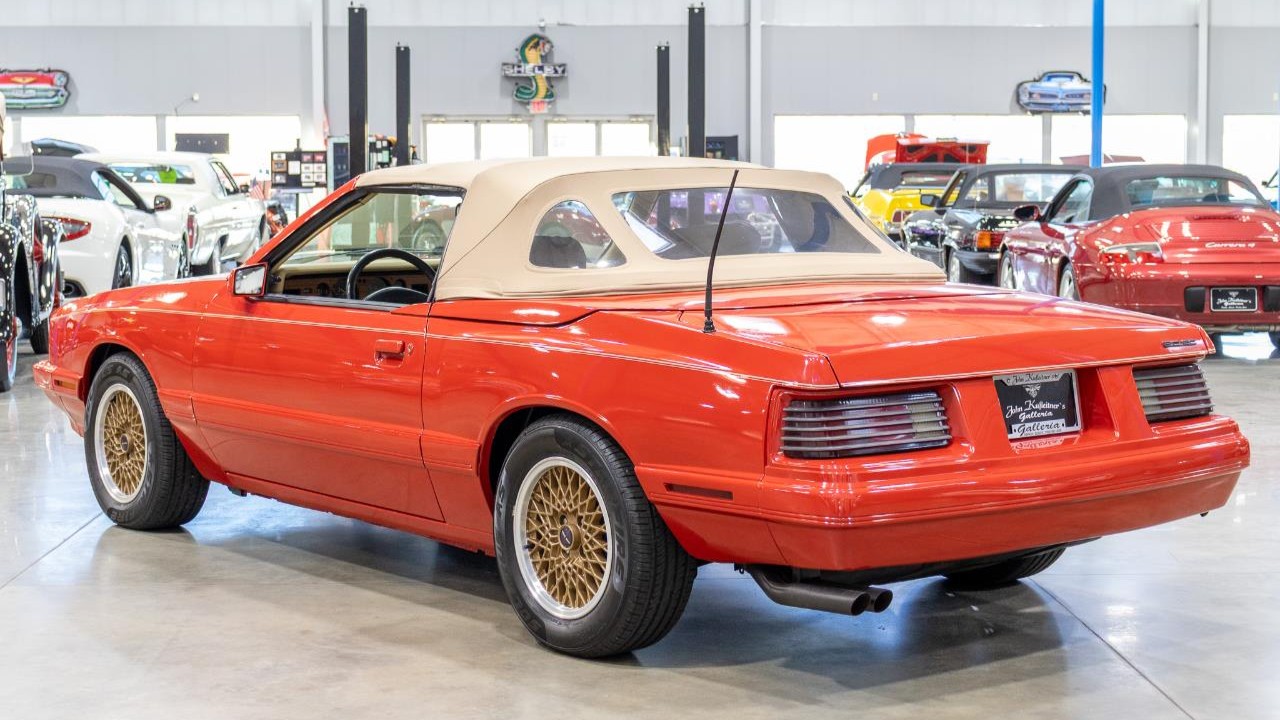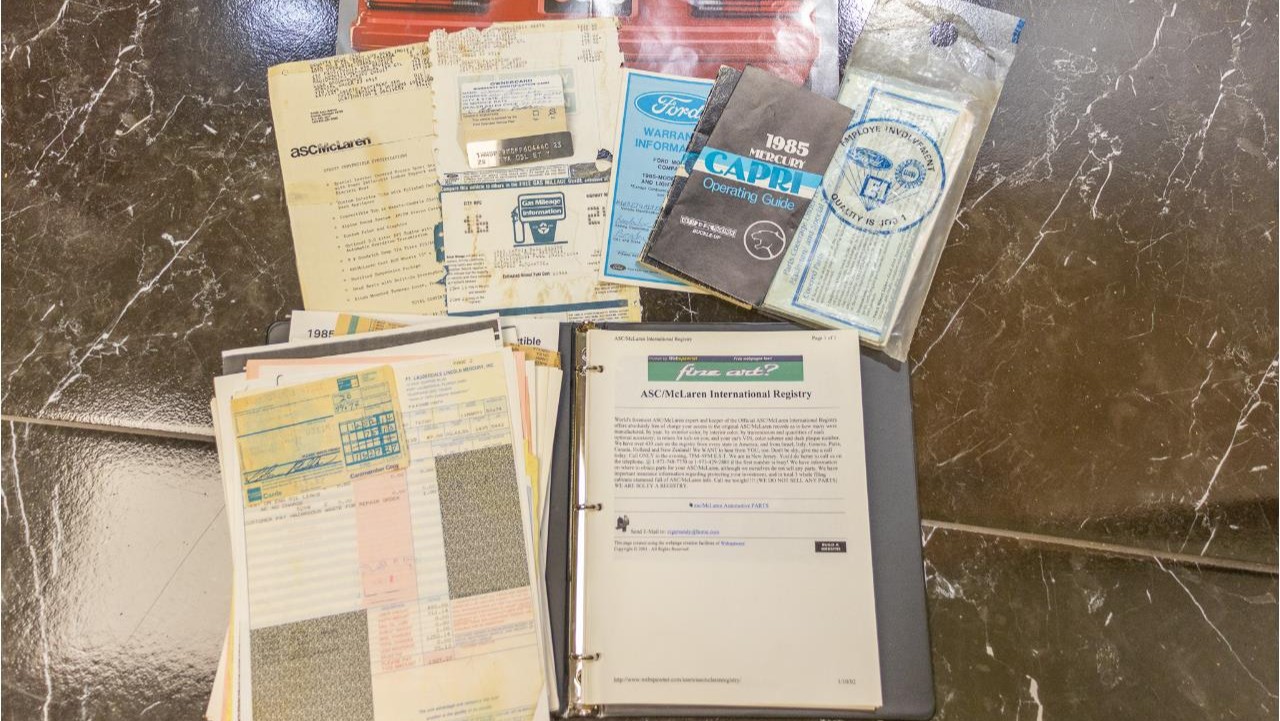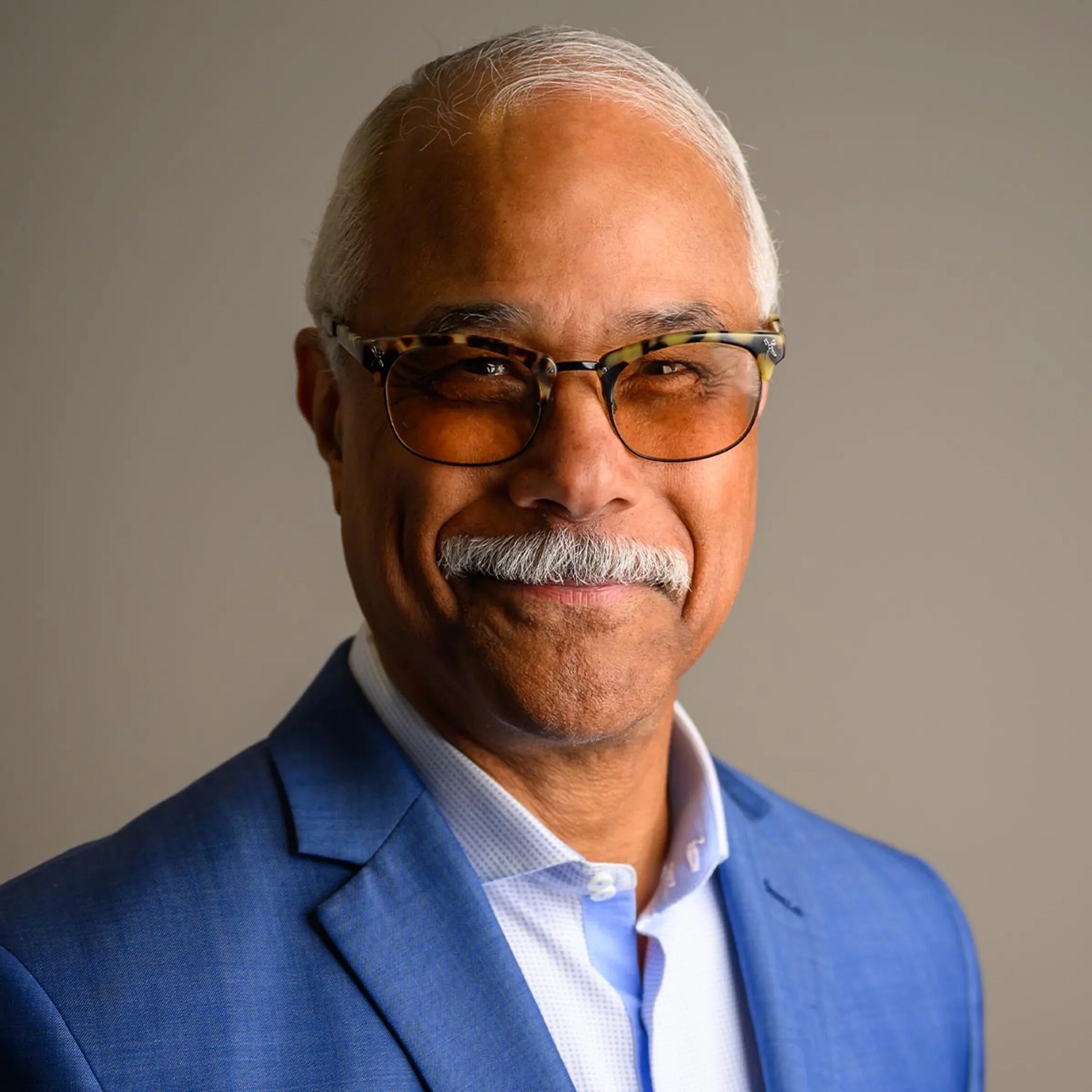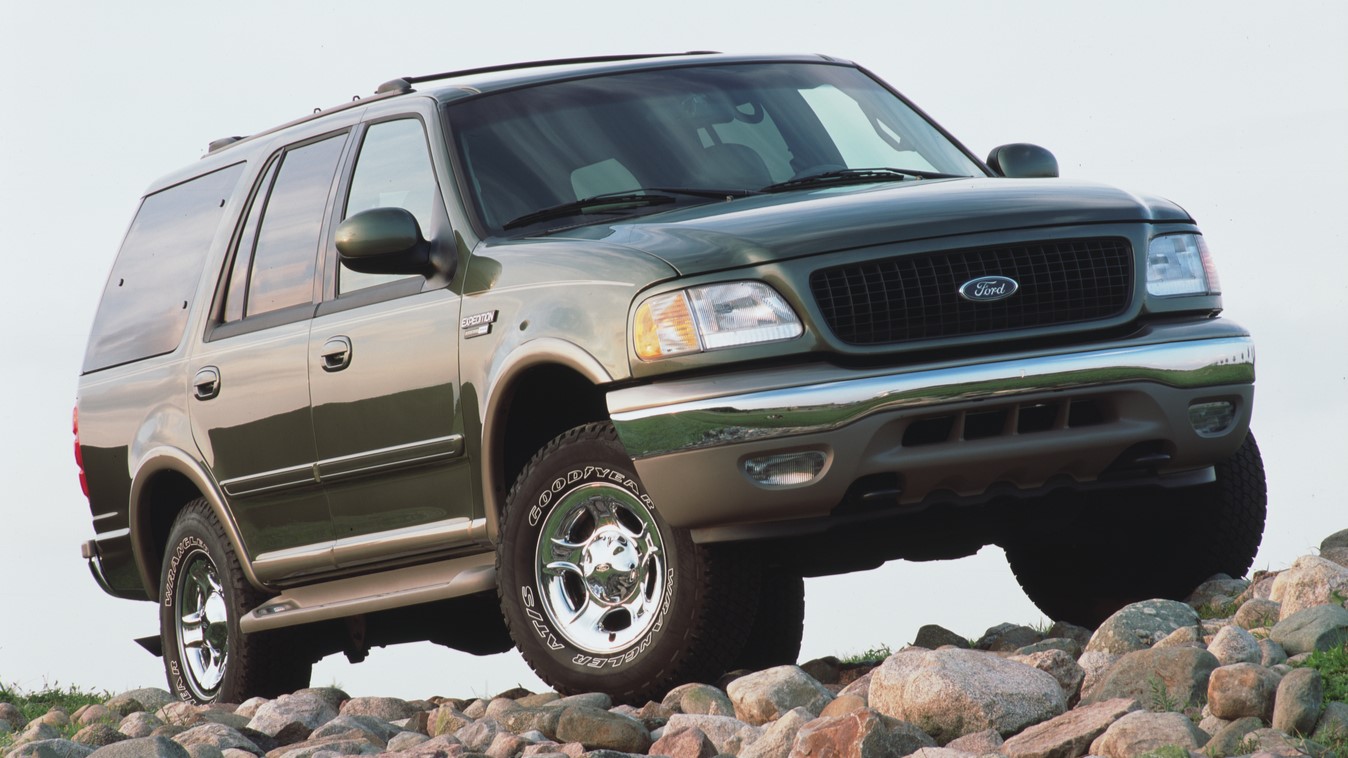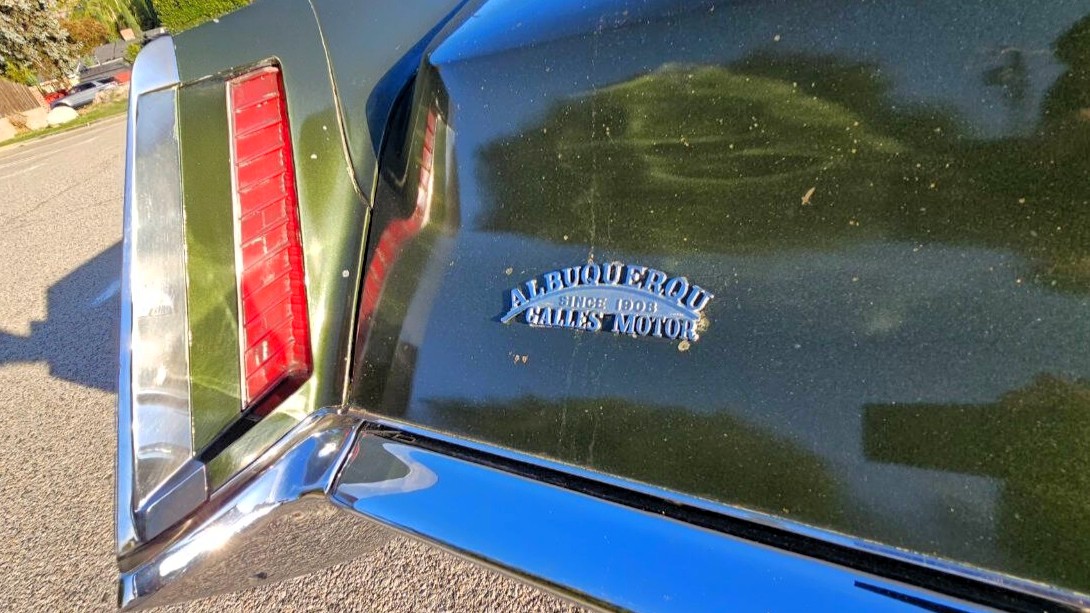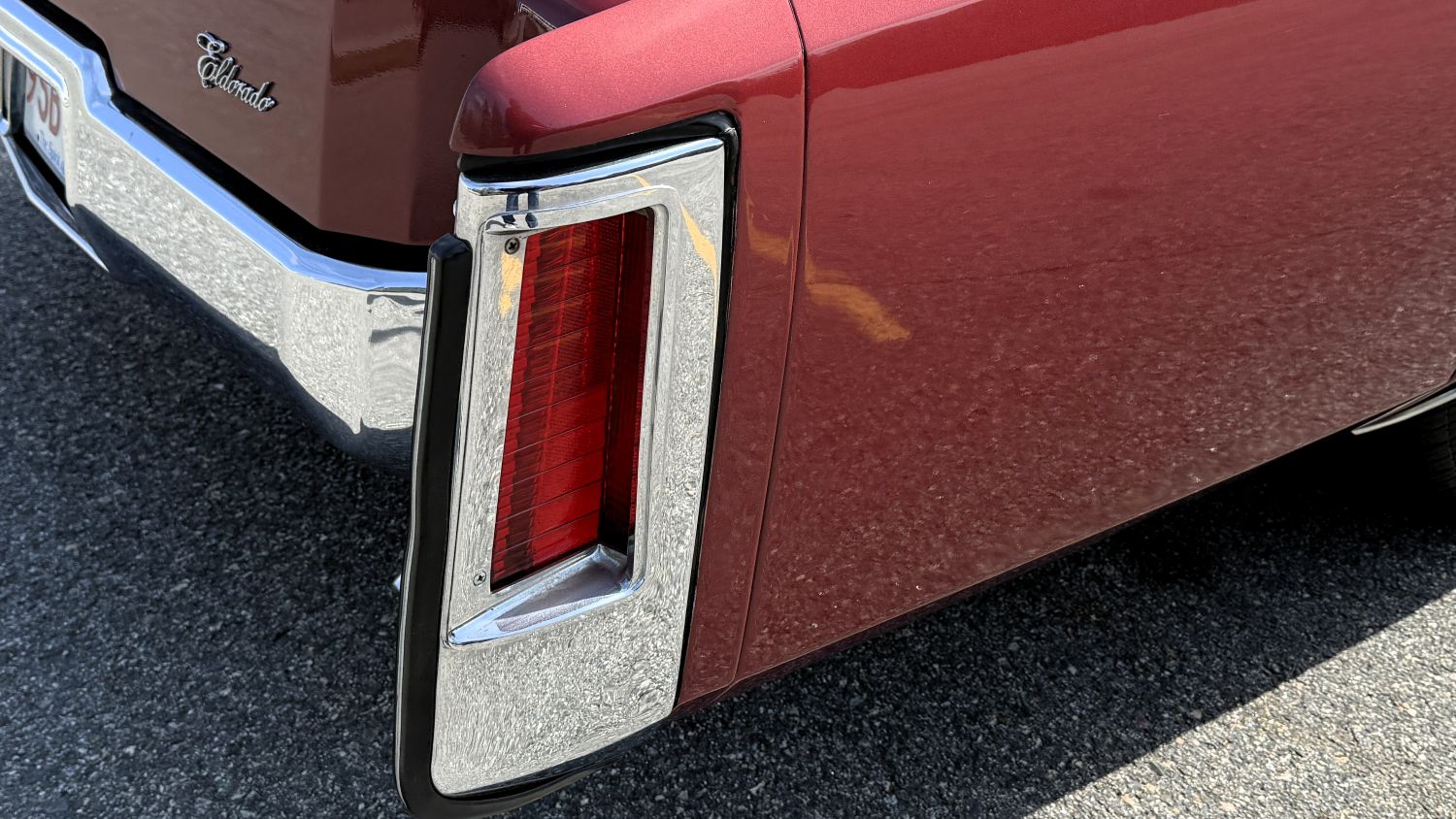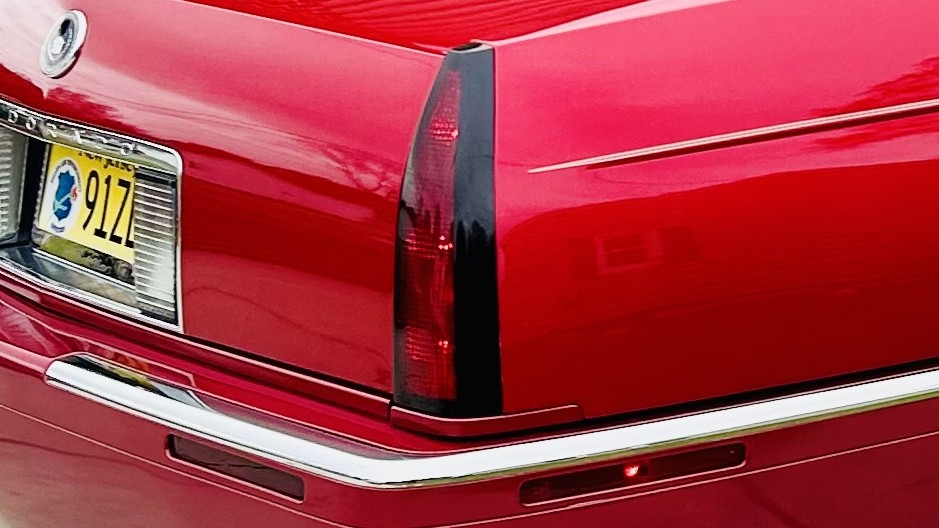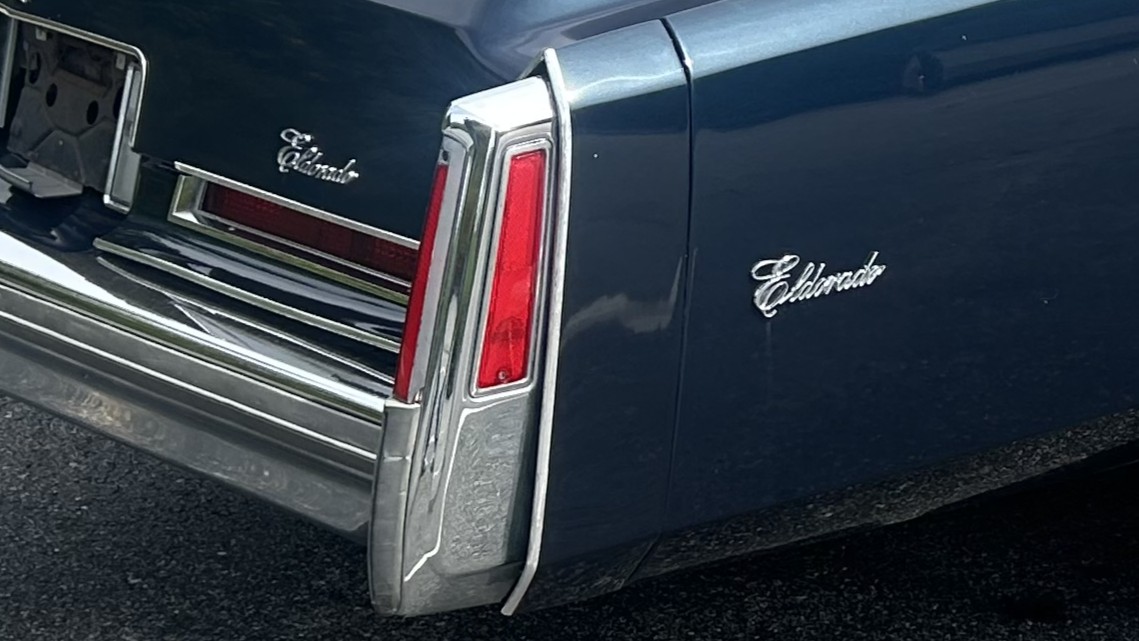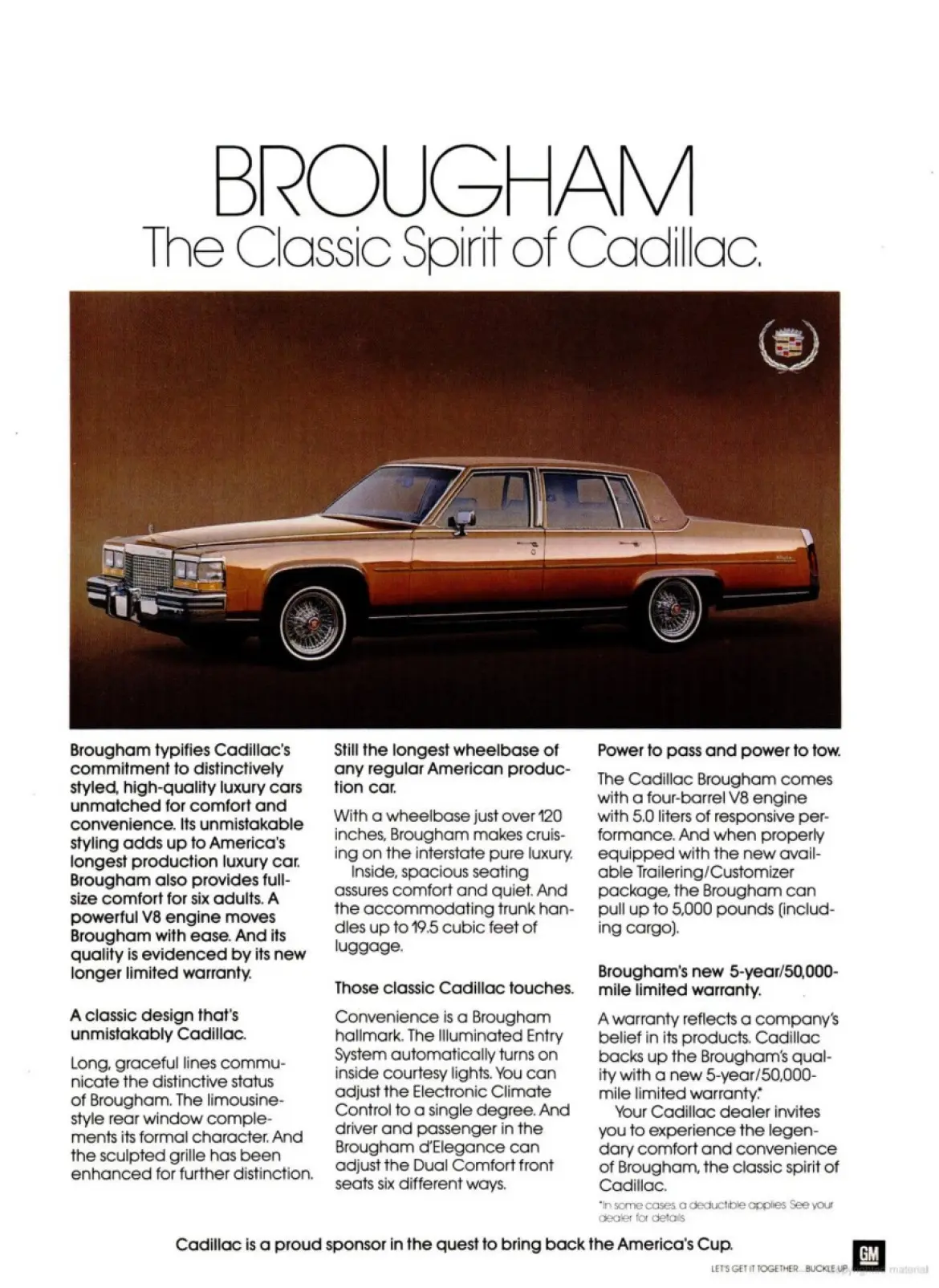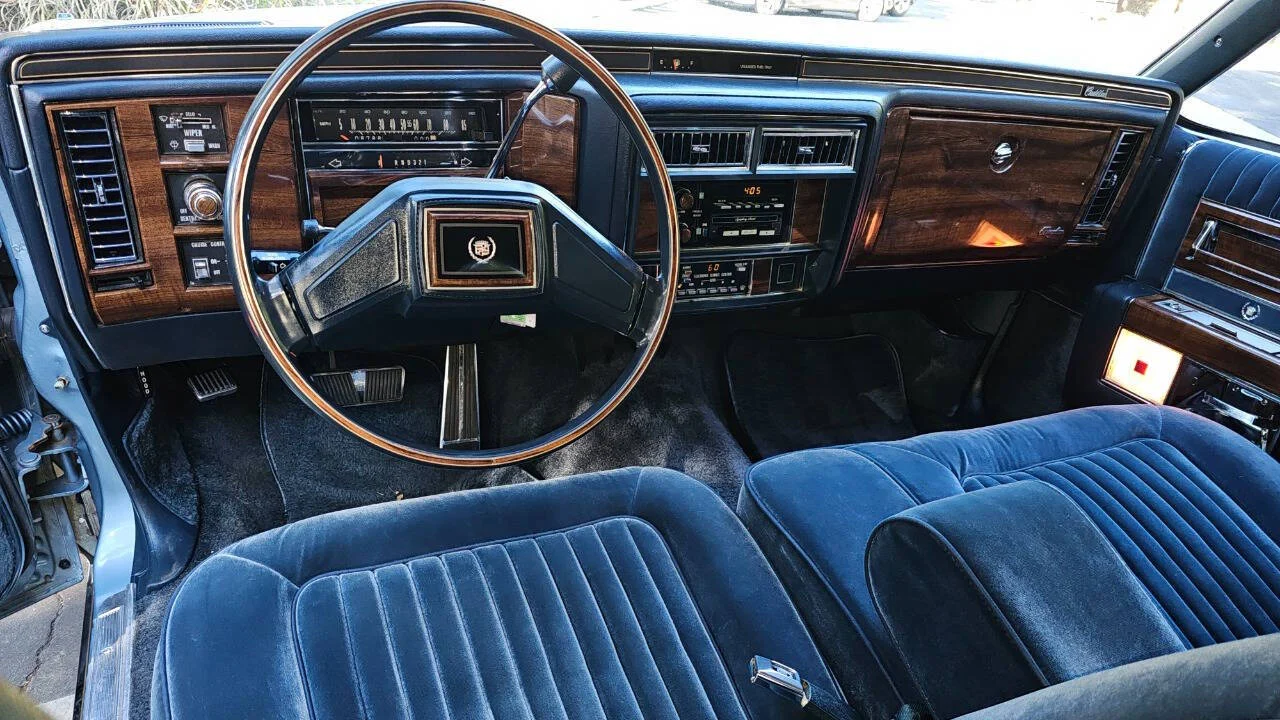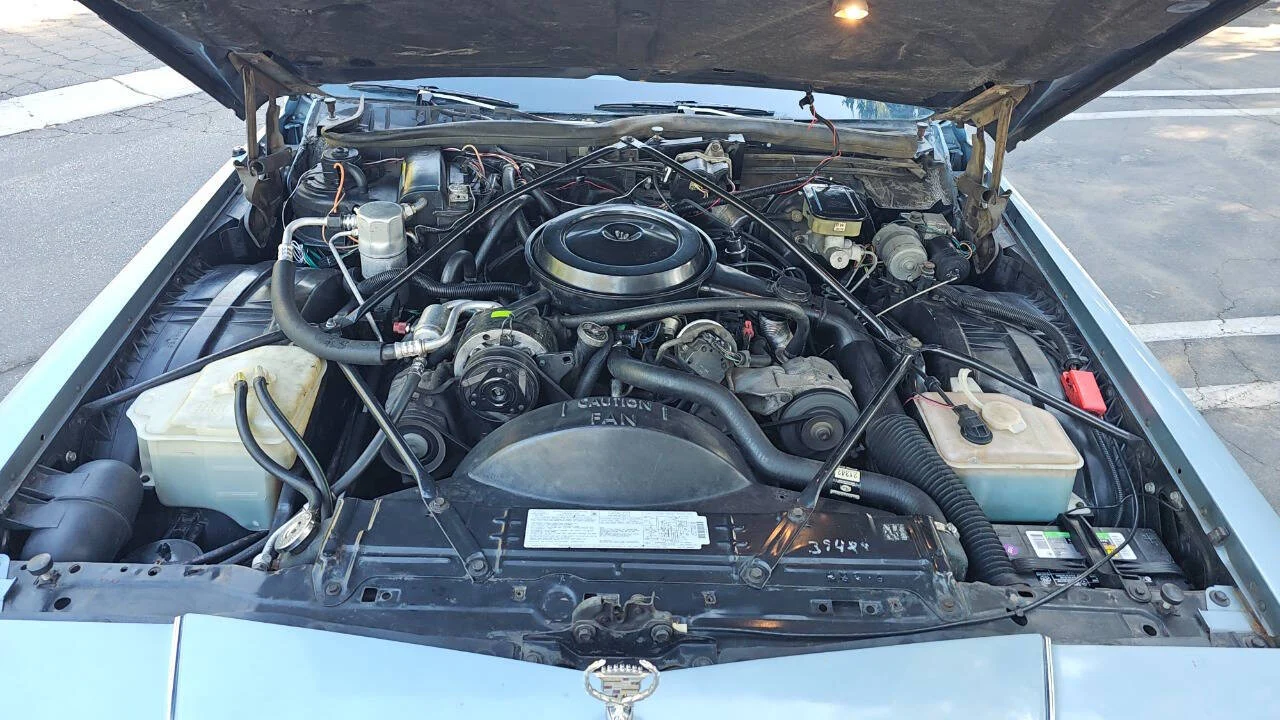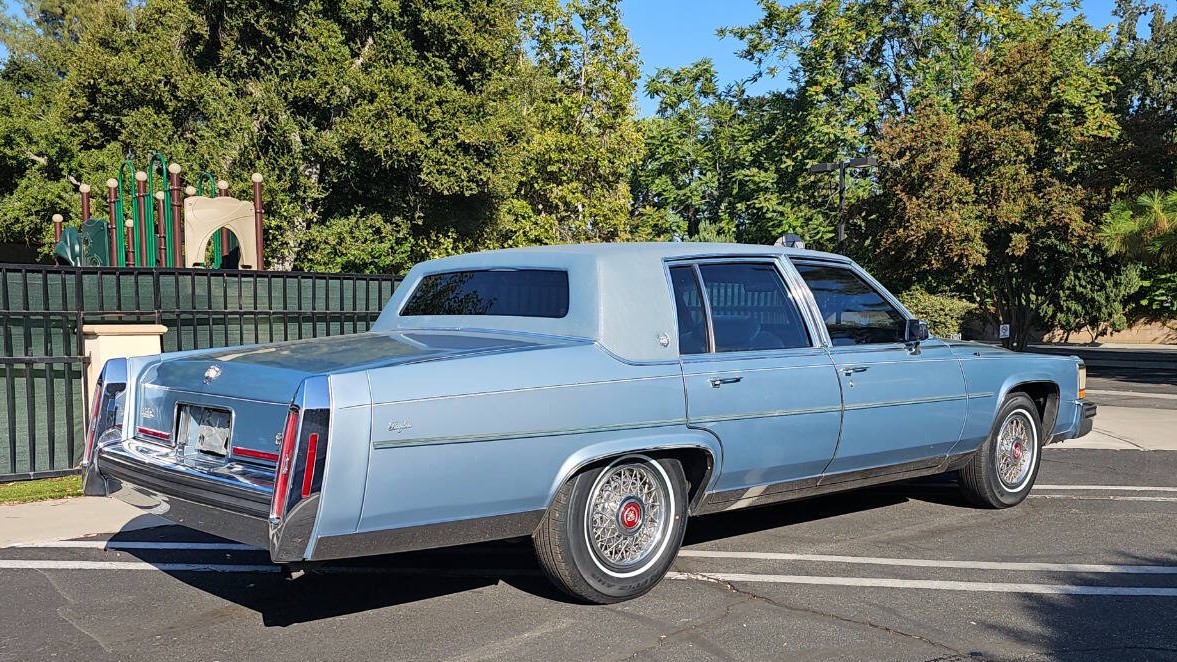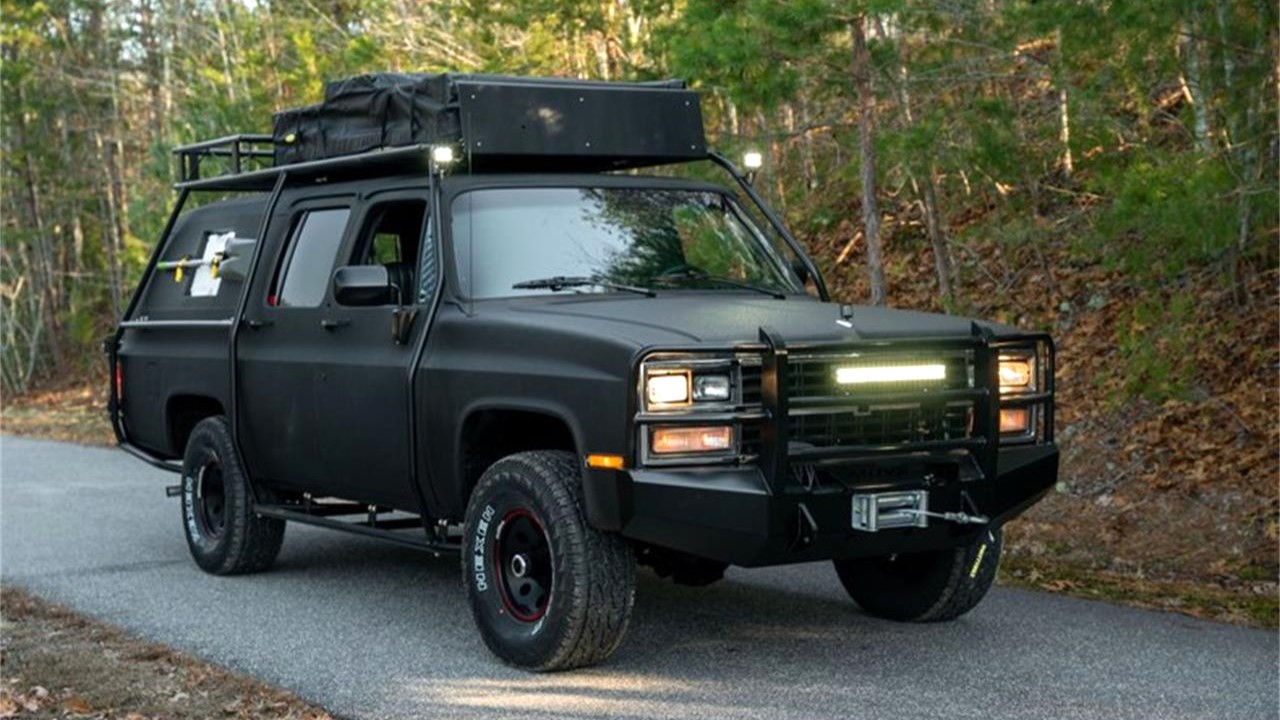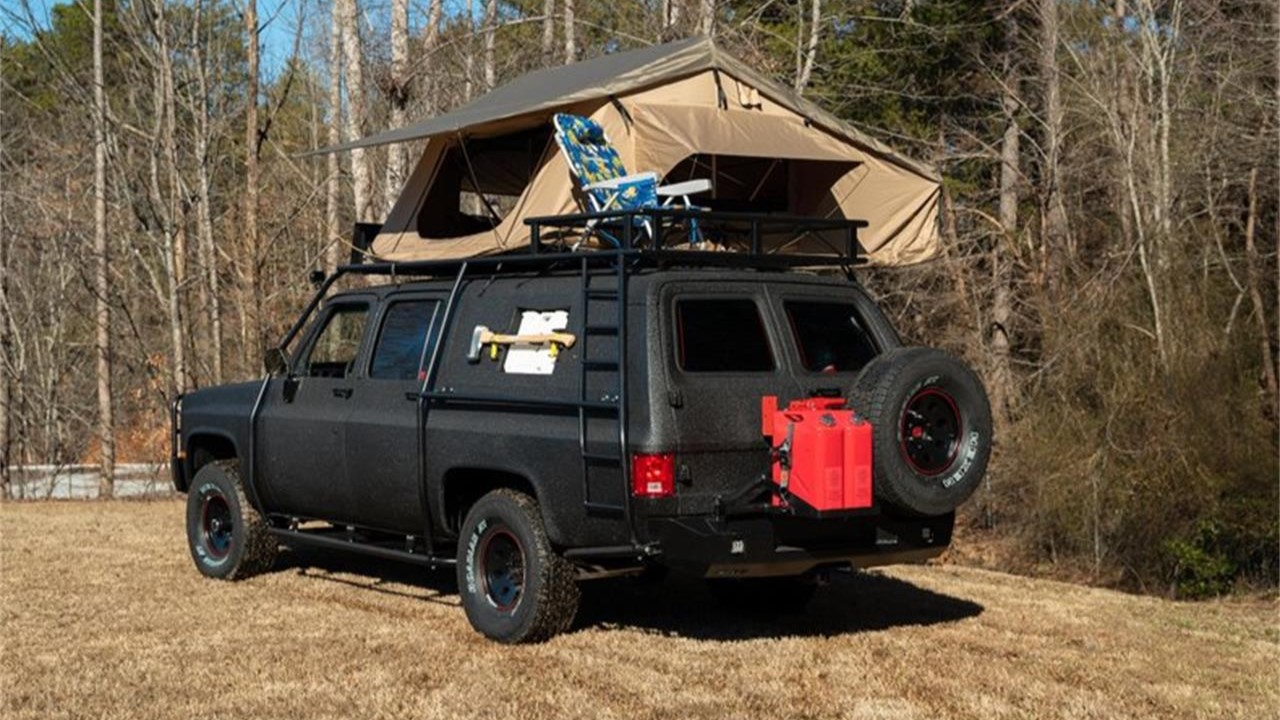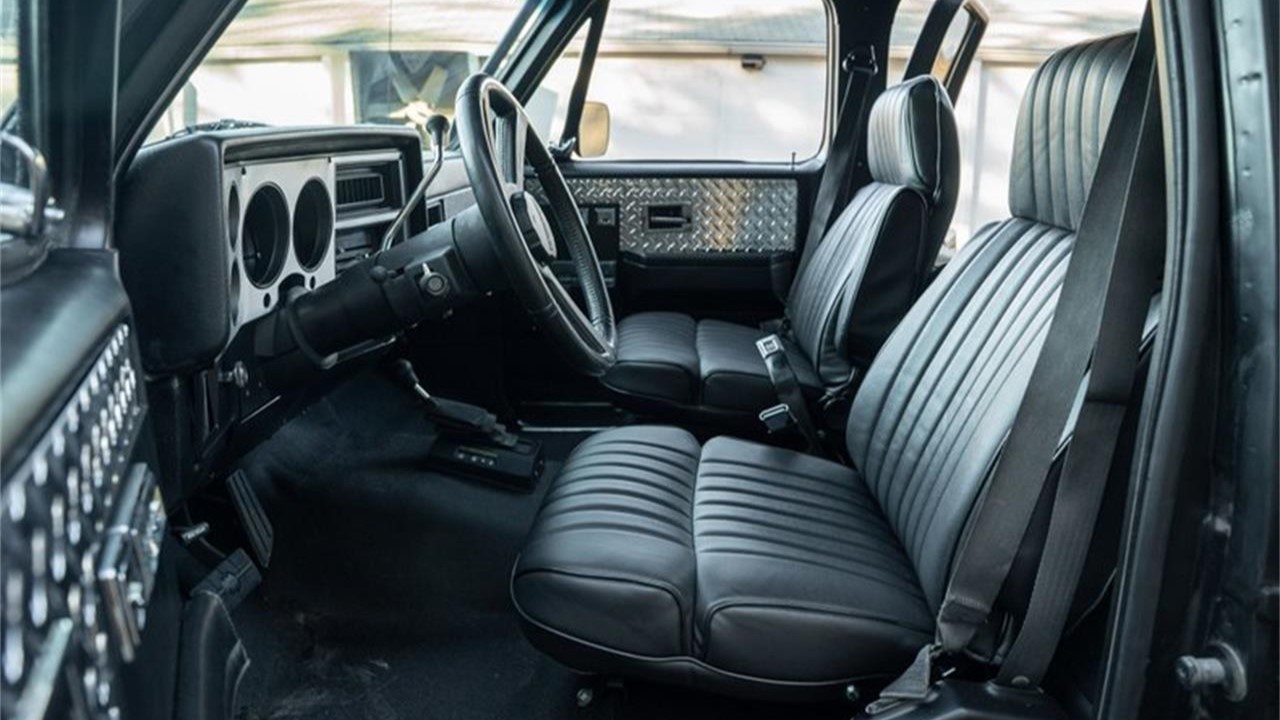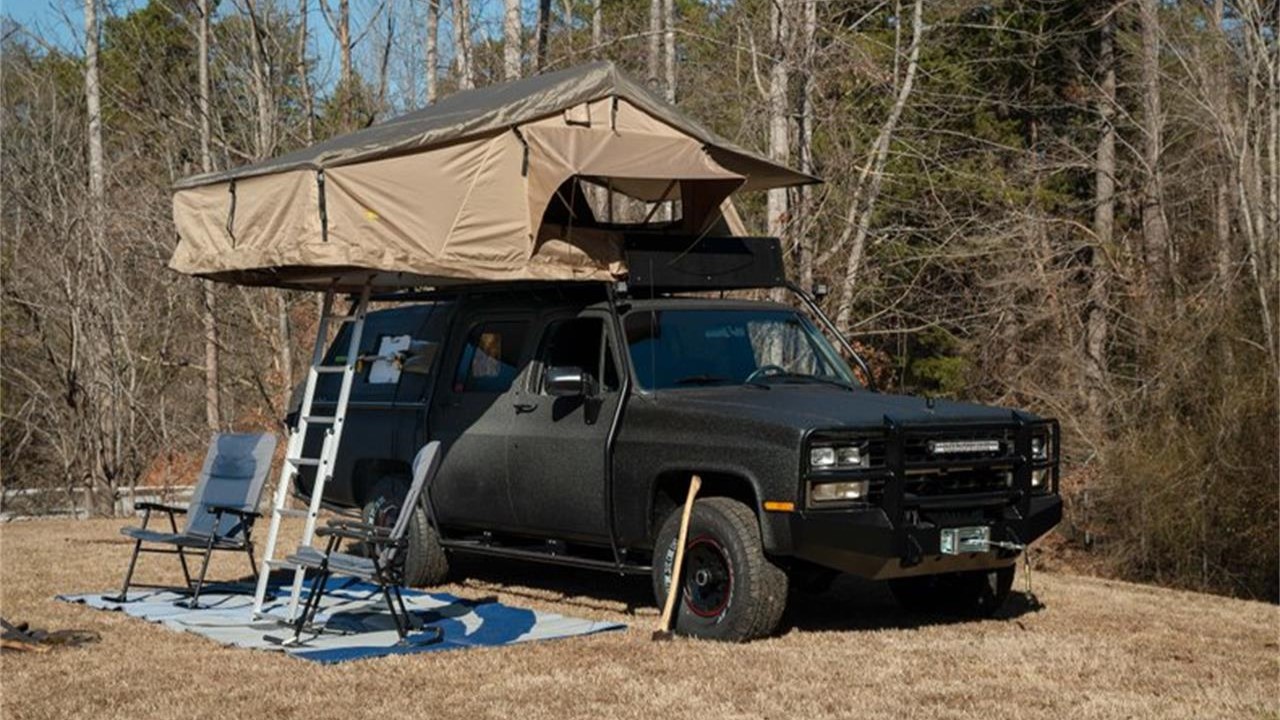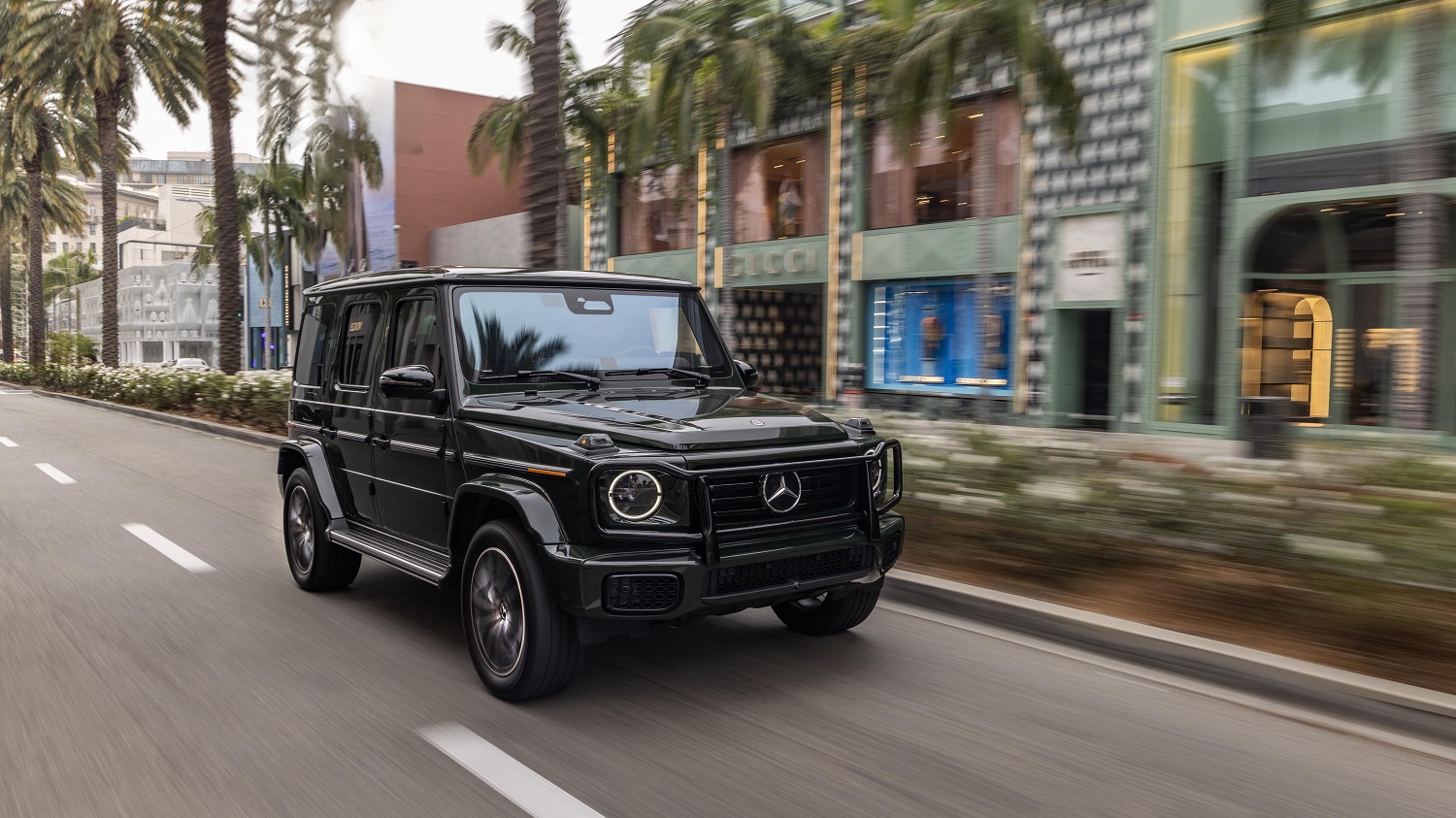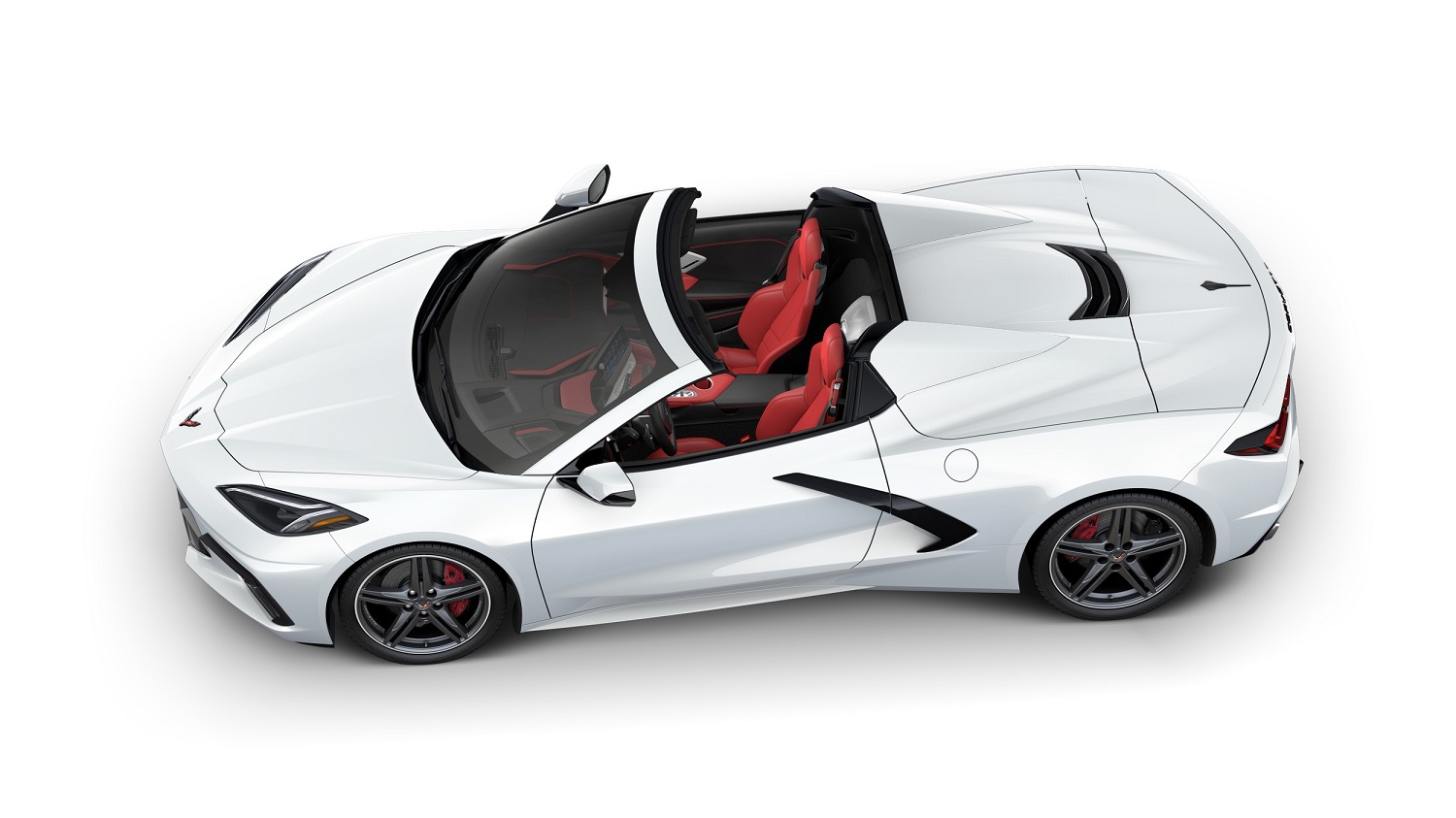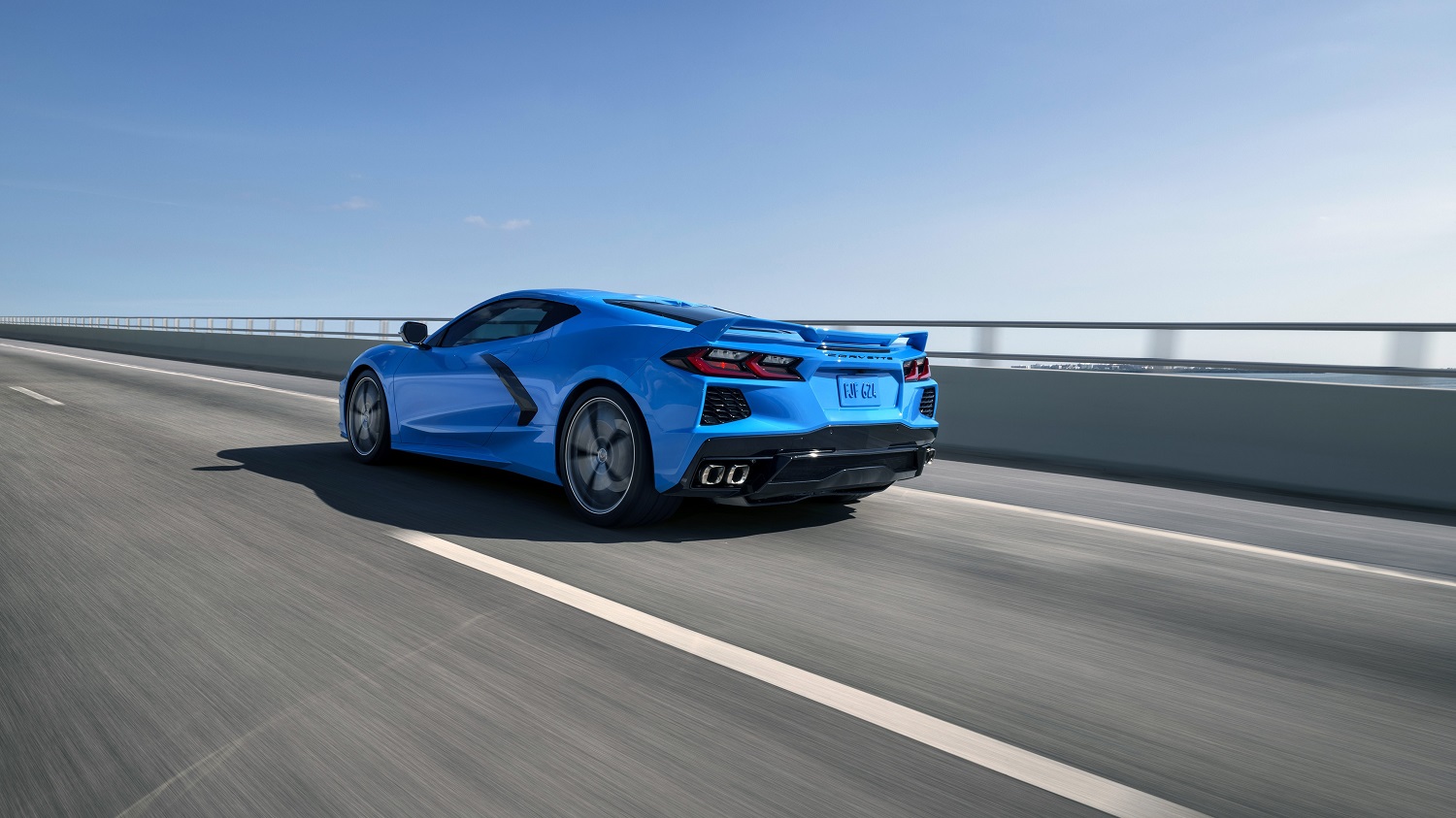It’s time to out myself—I don’t “get” the infatuation with Steve McQueen. I tend not to have adoration for the rich and famous, knowing that they are also going to end up six feet under just like the rest of us. Then again, Steve McQueen was an enthusiast like you and me, had racing experience, and possessed the means to buy and do things we can only dream about.
So, who would be today’s Steve McQueen? I humbly submit a very unexpected human bean.
McQueen’s career came of age in the 1960s, a decade in which it seemed everything accelerated and evolved—not unlike the 1950s, but with much more tension. If the 1950s were wet behind the ears, the 1960s were years of maturation, a moment of maturity before the opportunity to become jaded reared its head. (I wasn’t alive then, but that book on the Punic Wars was written by someone who wasn’t alive then either, so . . . !) Sometimes called the “King of Cool,” McQueen rose in a decade that had many others that could wear that title, such as Michael Caine and Robert Mitchum. Neither of those actors were auto enthusiasts, but James Dean and Paul Newman were, both of whom could also claim the crown.
Over the weekend, while my six-year-old was handling the TV remote control (the dexterity of kids today with modern tech is nothing short of amazing), I happened to catch sight of the thumbnail for Handy Bean and said, “Hey, Dante, want to see the preview of this thing and see if you enjoy it?” To my surprise, my stubborn son said yes, and the preview was good enough for him to view several episodes, which are actually shorts. If you’re familiar with the character Mr. Bean, these clips come off as online how-to demonstrations (like what you’d find on YouTube) but with the hands and first-person perspective of the goofy Mr. Bean. I then was reminded that Rowan Atkinson, the actor who plays Mr. Bean, is an enthusiast with enough funds to buy (and crash) the best street cars in the world. He has also legitimately raced several disparate vehicles.

I’d have to ask my wife for confirmation, but I don’t perceive Atkinson as handsome in the way the previously mentioned actors seem to have been. And certainly Mr. Bean is the antithesis of cool.
I will go out on a limb and call Atkinson “Steve McBean,” the current King of Cool.

